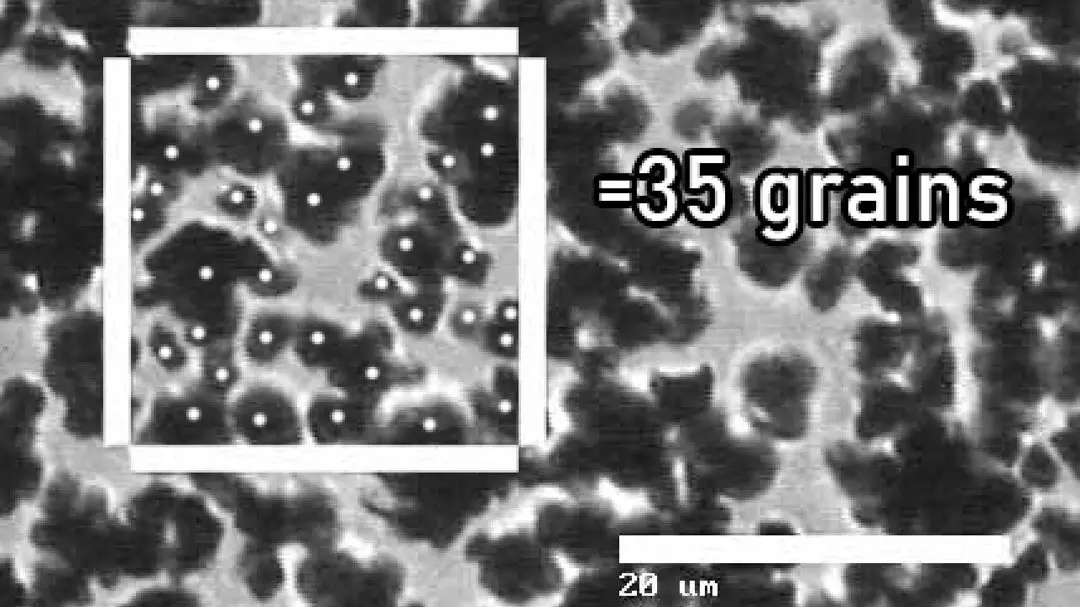If you looked up the resolution of film online, you’ve likely come across estimations that range from 15-24 megapixels or all the way up to 87 megapixels and higher. But most of these analyses are based on comparisons between the film and digital cameras of their times.
It’s hard to know the exact resolution of film, because it changes after development. But with this statistical analysis — the same analysis that is used to make cell counts, or counting crowds at events — we can have a good approximation of the real resolution of film. So what is the resolution of film?
Film resolution depends on the grain size. High ISO film stocks have low resolution, but low-speed films can have higher resolution than a Canon R3 or Sony A7III. For example, Ilford FP4 film in 35mm has 25.3 megapixels after development, while Kodak Tri-X has approximately 13.7 megapixels.
For example, in the same surface area that can fit 67.45 individual pixels on a Sony A7III sensor, Tri-X will have just 38.5 grains post development, while Ilford FP4+ can fit a whopping 71 grains. Low ISO films, like Ilford Pan F+ could add an extra 25% to that figure.
These numbers aren’t perfect and don’t represent every situation, however, as the number of megapixels comes after the developing process. Read more below to find out how I calculated this figure, and what it means for film photography.
Which films have the highest resolution?
In an age where digital cameras are constantly gaining resolution and quality over film, this may seem like a moot point. But some film emulsions do have exponentially-higher resolution over others.
As a general rule, low ISO film will have exponentially-higher resolution potential over high-ISO films. The smaller film grains are, the more that can be packed into the same surface area. An ISO 50 film can have grains that are as small as 0.2μm, meaning you could fit 2,000 grains in the same 400μm area that you could fit just 67 digital pixels.
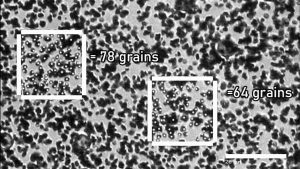
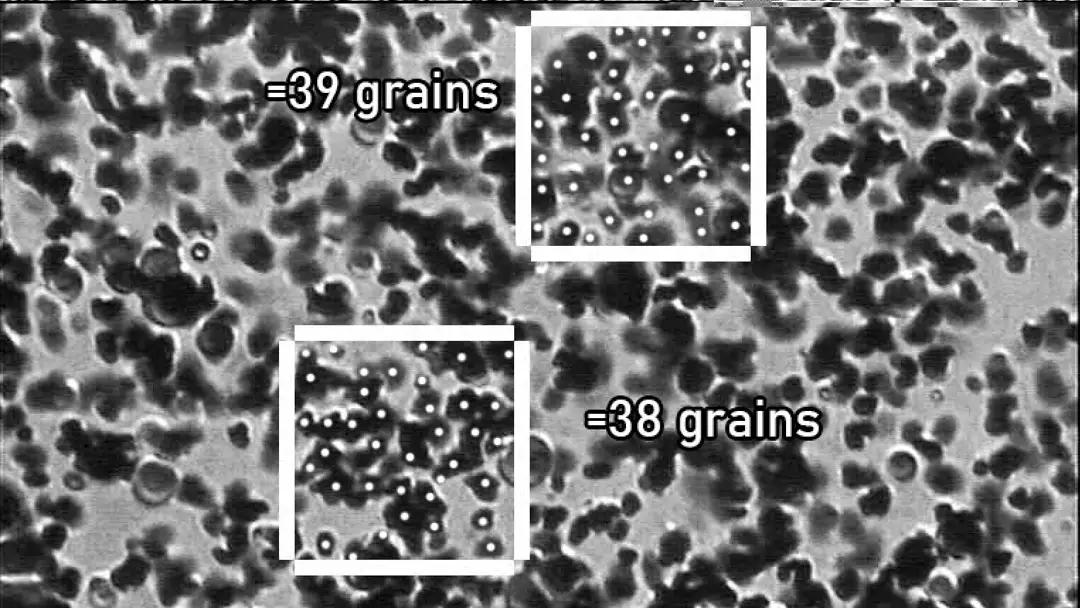
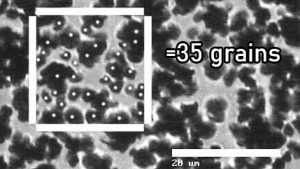
How do you calculate film resolution?
I measured the resolution of film using Jacobs’ method, which is used to measure the size of crowds. It works by counting the number of grains in a representative area and then extrapolating the data across the rest of the potential image surface.
In this case, I took the microscopic images posted by user photopil on this Photrio post. In Photoshop, I created multiple 400μm squared boxes using the inside line of the 20μm (micron) measure on the image itself. Then, I counted the grains, placing a white dot on each one (so that I didn’t recount the same grain). If the box is slightly off, it’ll be by a factor of less than 1/5th of a micron.
Then, I averaged the counts and compared it with the known pixel size data from a Sony A7III to create the megapixel count.
I counted some large clusters as multiple grains, but only if I saw a clear bridge to another grain, or different shading.
Of course, there are limitations to this method. For one, I don’t know the user photopil, I don’t know their background, I don’t know if the image was straight, I don’t know what part of the negative they used, or even if the film types they used were the ones that they said.
The only thing I 100% know for certain is that this article would not pass the scientific peer review test.
But we’re going off the good faith of people on the Internet who have helped prop up so many photographers before us. I don’t see what user photopil would have to gain from lying, and I don’t know hos (or why) they would have a microscope capable of creating these images if they didn’t know how to use it.
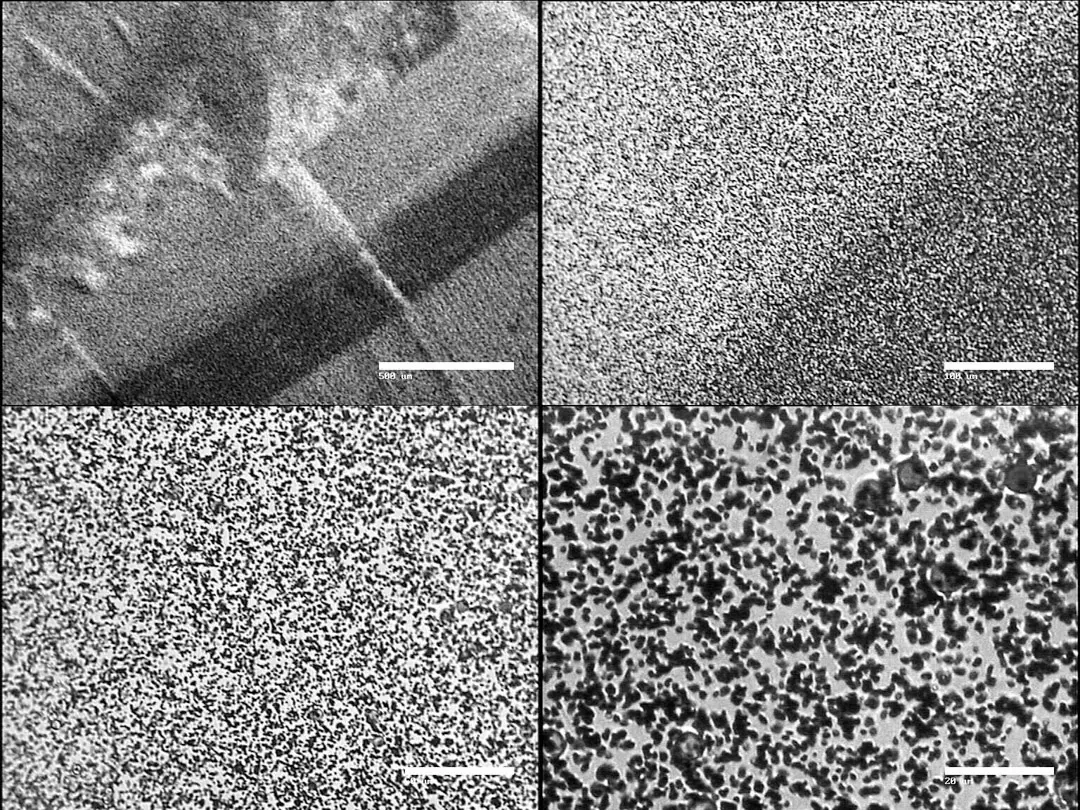
Are there any other limitations to this measurement?
Measuring the resolution of film does come with a few imperfections.
The first major hurdle is that no two films will have the same grain structure. For example, Tri-X and Ilford HP5 are both large-grain 400-speed films, but they’re built completely differently and will no doubt have different resolutions.
So just because you know the resolution of one 400-speed film doesn’t mean that every 400-speed film will have the same overall resolution.
The second issue is the difference between potential resolution and post-development resolution. The fixing stage removes all of the remaining unexposed, and hence, undeveloped silver grains on film. That means there will always be a good amount of resolution potential that is lost after development has occurred.
That fact also makes it really difficult to know where’s the best place to take a grain sample. The highlights will of course have denser regions, while the shadows will be missing a lot of the smaller grains. In an ideal world, I would have access to the entire negative and average the numbers from multiple sites.
But post-development is the most true-to-life measure of resolution. Getting the full resolution out of a negative would mean severe overexposure, which would be unlikely to produce an image at all.
How is film resolution different from digital resolution?
While exposing and developing film reduces the image resolution, digital files always maintain their full resolution regardless of exposure. Every pixel counts when making the final image
Digital pixels also record the strength of light hitting them in bits, instead of just exposed or not exposed like film. That means even if some film stocks, like Ilford FP4+, Delta 100, or Pan F+ technically have a higher technical resolution than a digital image, there will still be vastly more information recorded in a single digital raw file.
This is a big reason why digital will always be better than film. Learn a few more applications where digital imagery is just plain better than film in this article.
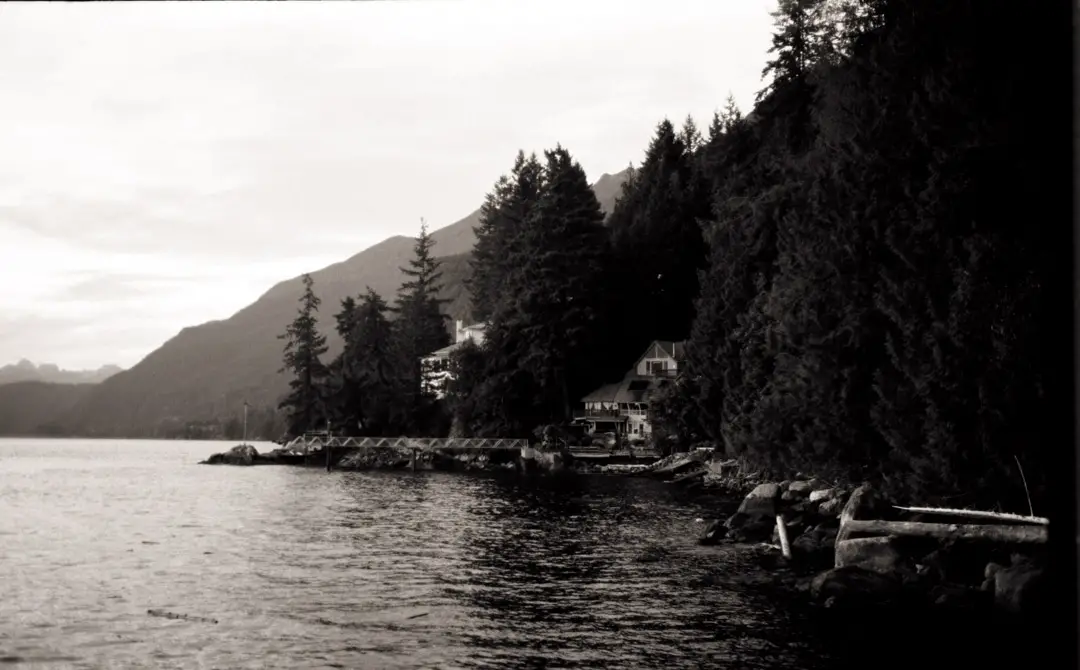
How do I get the most resolution out of my film?
The best way to get the most resolution out of your film is to overexpose by 1 stop. Both color and black and white film can easily tolerate one stop of overexposure and still retain highlight details.
This way you will be exposing as many of the small grains as possible for the highest resolution images. Overexposing one stop can be especially important for faster films like Ilford HP5 or Ilford Delta 3200 because these films typically have multiple layers of different-sized grains.
Underexposing a high-speed film stock will mean only the largest grains become developable and the smaller grains that increase resolution and decrease the appearance of the grain will be washed away in the fixer.
Learn more about how film works, including how to make your images look less grainy in this article.
Final thoughts: Does film resolution matter?
This is the biggest question of all. Does getting the most resolution out of your images matter all that much?
It depends on your application. For example, when scanning film at home, the resolution of the scanner is more important than the resolution of the film. But when you’re printing the images in the darkroom, you will want to make a denser, higher resolution negative.
When you’re scanning your film, typically the contrast isn’t all that big of a factor. You can make an HDR DSLR scan if there is too much contrast in your images, but for the most part, a single-image scan will be enough to capture all of the detail.
But printing images in the darkroom can be more difficult. The primary reason for that is because darkroom printing paper has a lower dynamic range than film negatives do. So having a higher-contrast image will mean you’ll have to split-grade your print or do excessive dodging and burning to collect all of the detail possible.
As well, if negatives are thin, then you will have to use smaller enlarger apertures to decrease the light or will have to work in very quick printing intervals to fully expose your image.
Films with a low resolution still create incredible images. Even if they are lo-fi, the images still don’t lack quality to our eyes even when enlarged two or three times past their initial size. So at the end of the day, the resolution really doesn’t amount to much more than a measuring contest.
Do you agree? Or would you like to have this further analyzed? Let me know down in the comments below if I should do more measurements in this field.

By Daren
Daren is a journalist and wedding photographer based in Vancouver, B.C. He’s been taking personal and professional photos on film since 2017 and began developing and printing his own photos after wanting more control than what local labs could offer. Discover his newest publications at Soft Grain Books, or check out the print shop.

